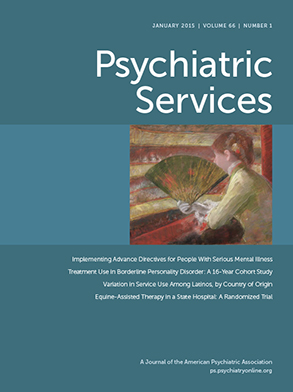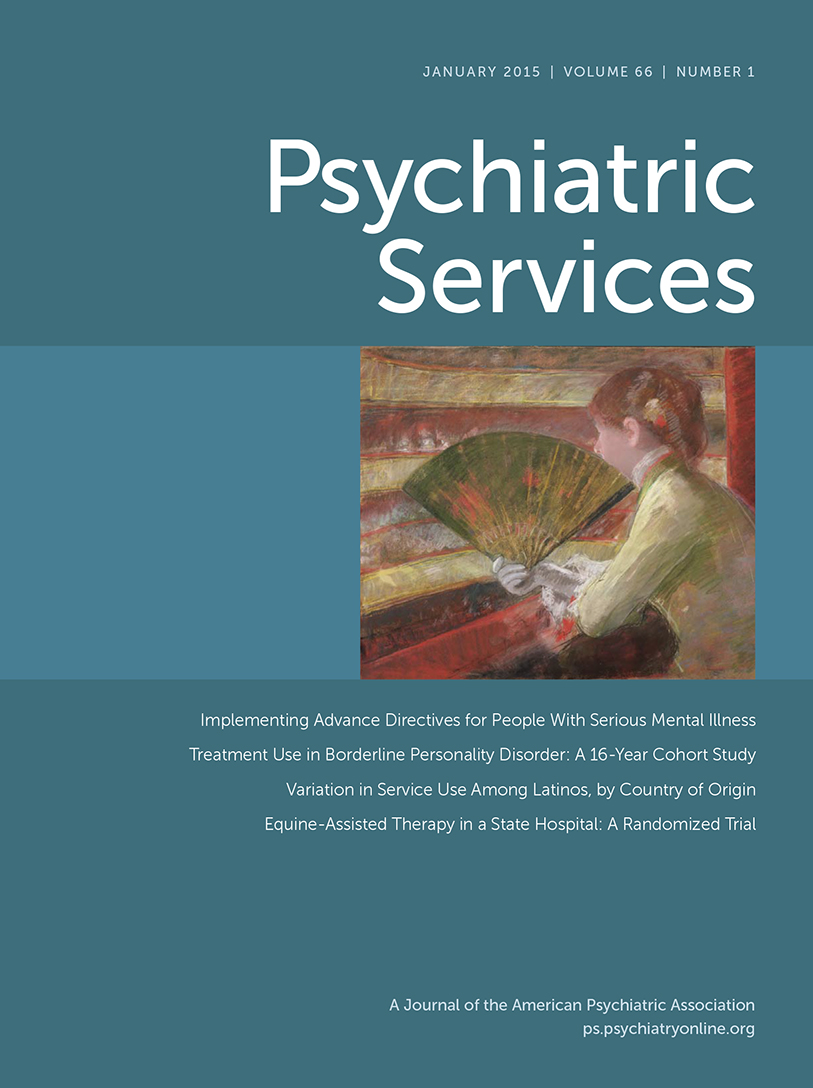HHS releases two annual reports on quality in Medicaid: The Secretary of Health and Human Services (HHS) has released two annual reports related to the quality of health care—the
Annual Secretary’s Report on the Quality of Health Care for Adults Enrolled in Medicaid, which is the first such HHS report, and the fifth
Annual Secretary’s Report on the Quality of Care for Children in Medicaid and CHIP. The former addresses a provision of the ACA requiring the Secretary to establish and implement a comprehensive adult health care quality measurement program (the Medicaid Adult Core Set) to standardize measurement across state programs. The report discusses the status of the first year of state reporting. In federal fiscal year (FFY) 2013, a total of 30 states reported a median of 16.5 measures from the Adult Core Set. Eight measures were reported by at least 25 states. Medicaid health plan performance was highest on measures focused on diabetes care and medication management and lowest on those related to behavioral health care access and use. Because this was the first year of state reporting, CMS has decided not to publicly report findings on the measures but to use the data to understand states’ reporting challenges. The fifth
Annual Secretary’s Report on the Quality of Care for Children in Medicaid and CHIP summarizes state-specific findings for FFY 2013 reporting on the Child Core Set and summarizes other data from independent evaluations of state programs. The report features detailed analysis of data on the 16 Child Core Set measures reported by at least 25 states. Both reports are available on the Medicaid Web site at
www.medicaid.gov.
NASHP outlines approaches to aligning federal and state policies to integrate care: Successfully integrating general medical and behavioral health care, a critical step toward improving health system performance under the ACA, depends on collaboration between federal and state officials to align interests and maximize integration efforts. A new issue brief from the National Academy for State Health Policy (NASHP) summarizes key lessons and opportunities for such alignment that were highlighted at an August 2014 meeting of federal and state leaders convened by NASHP. Substantial opportunity exists for federal and state leaders to align approaches to support a range of integrated care models, from coordinated separate systems (“virtual co-location”) to full financial and technical integration of general medical and behavioral health services. Opportunities discussed in the brief span payment models, information and data sharing approaches, and operational strategies. Better integration requires overcoming financial barriers, including lack of support for behavioral health care management under fee-for-service reimbursement, siloed funding streams, and a lack of flexibility in existing payment models to support shared responsibility between general medical and behavioral health providers and team-based care. The report describes federally backed “policy levers” to support funding reforms. Medicaid programs—either alone or as part of multipayer initiatives—offer substantial opportunity for financial and regulatory changes to facilitate integration. The State Innovation Models (an initiative of the Innovation Center of the Centers for Medicare and Medicaid Services) provides grants to promote reforms of multipayer payment and delivery systems. Section 1115 Medicaid demonstration waivers allow states flexibility in developing Medicaid payment innovations. The Medicaid health home option provides eight quarters of enhanced federal matching funds. The seven-page report,
Promoting Physical and Behavioral Health Integration: Considerations for Aligning Federal and State Policy, is available on the NASHP Web site at
nashp.org/sites/default/files/Promoting_Integration.pdf.
MHA ranks states on mental health status and access to care: Mental Health America (MHA) has released a report that provides a snapshot of mental health status among children and adults in 50 states and the District of Columbia. The report provides data that can be used as a baseline to track outcomes of state and federal legislation, including the Affordable Care Act and the Mental Health Parity and Addiction Equity Act. The 18 measures used in MHA’s analysis address basic questions: How many people in a state have a mental health need? How many have access to insurance and to mental health care? How many face difficulty accessing care? Four states were ranked high across the three main rankings (overall, adult, and youth): Massachusetts, Maine, North Dakota, and Minnesota. Five were consistently low on these rankings: Oklahoma, New Mexico, Washington, Mississippi, and Arizona. A high ranking does not necessarily translate into access to care, the authors note. The authors identified several policy priorities. Ensuring that all Americans have insurance is critical. In 2012, 8.1 million adults with a mental illness were uninsured. In 2014, after the first ACA enrollment period, just over eight million adults selected marketplace plans, but it is not clear how many had a mental illness. The report urges all states to expand Medicaid. Many states’ failure to expand coverage has left an estimated 3.5 million adults with a mental illness or a substance use disorder uninsured. The report highlights a lack of transparency in coverage—insurance policies should detail services, limitations, and costs. Policies should also be parity compliant. Only fair and full disclosure of actual coverage promotes meaningful consumer choice. MHA’s analysis found such disclosure for Medicare Supplement Plans but not for other commercial plans. Another priority is the need to grow the workforce, including training a large network of peer support specialists. The 55-page report,
Parity or Disparity: The State of Mental Health in America 2015, is available on the MHA Web site at
www.mentalhealthamerica.net. A second report,
Behavioral Prescription Drug and Services Coverage: A Snapshot of Exchange Plans, was released at the same time and is also available on the MHA site.
Kaiser Foundation issue brief examines ACA’s early impact on the homeless population: Medicaid expansion under the ACA offers a significant opportunity to increase coverage and improve access to care for individuals who are homeless. These individuals have historically high uninsured rates and often have multiple, complex general medical and mental health needs. To provide an early look at the impact of the expansion for homeless providers and the patients they serve, the Kaiser Family Foundation conducted focus groups with administrators, providers, and enrollment workers at four sites serving homeless individuals in states that have expanded Medicaid (Albuquerque, Baltimore, Chicago, and Portland, Oregon) and one site in a state that has not expanded (Jacksonville, Florida) and analyzed administrative data collected from the sites. Outreach workers in the Medicaid expansion sites found that nearly all homeless individuals they assisted were eligible for Medicaid, whereas those in the nonexpansion site found that most remained ineligible for coverage. Participants and data indicated that coverage gains have enabled patients to access many services that they could not obtain while uninsured, including some life-saving or life-changing surgeries and treatments. For example, in Baltimore the percentage of visits by clients with health insurance rose sharply after the ACA enrollment period, from about 52% in October 2013 to 88% in January 2014. Providers identified other broader benefits for homeless individuals. For example, they noted improvements in individuals’ ability to work and maintain stable housing because of better management of their health conditions. Gains in Medicaid revenue have also helped programs make operational improvements focused on quality, care coordination, and information technology. Providers cited the problem of “auto-assignment” of some patients to Medicaid managed care plans, which left some in the care of providers with whom they had no existing relationship. Participants also noted that prior authorization requirements and limited or changing drug formularies often led to delays in care and created substantial administrative burdens. The 18-page issue brief is available on the Kaiser Foundation Web site at
www.kff.org.
AHRQ guide on implementing a state-level quality improvement collaborative: A new resource guide from the Agency for Healthcare Research and Quality (AHRQ) is designed to help state agencies and policy makers work with other stakeholders to improve health outcomes. The guide describes steps for starting and managing a state-level quality improvement collaborative that addresses a specific clinical concern, such as mental health conditions that affect the Medicaid population. It grew out of a three-year partnership between academic researchers and federal and state agencies. The multistate consortium, which included California, Maine, Missouri, Oklahoma, Texas, and Washington, sought to accelerate the process of research and knowledge uptake and the adoption of evidence-based, clinical and delivery system practices to improve health outcomes. The 39-page guide,
Implementing a State-Level Quality Improvement Collaborative: A Resource Guide From the Medicaid Network for Evidence-based Treatment (MEDNET), is available on the AHRQ Web site at
www.ahrq.gov/professionals/quality-patient-safety/quality-resources/tools/mednetresourceguide/mednetresourcedguide.pdf.
CIHS resource guide for professionals serving veterans: The Center for Integrated Health Solutions (CIHS) has developed a Web-based resource guide for primary and behavioral health care professionals serving military members, veterans, and their families. The guide provides links to information on understanding military culture and experience and connecting with local Department of Veterans Affairs (VA) programs. A comprehensive provider guide is included to help non-VA providers understand what to expect when working with the VA. It details VA requirements for authorizations and referrals and claims payments. Links connect providers to other resources, such as the Veterans Crisis Line, the Defense Suicide Prevention Office, and the National Call Center for Homeless Veterans. The resource guide is available on the CIHS Web site at
www.integration.samhsa.gov/clinical-practice/Veterans_Resource_Guide_FINAL.pdf.
Commonwealth Fund survey finds high out-of-pocket health care costs: A new report by the Commonwealth Fund indicates that over the past year, 21% of adults with health insurance spent 5% or more of their income on out-of-pocket health care costs (excluding premiums), and 13% spent 10% or more. Low-income adults were the most likely to have high costs. Among adults with annual incomes below $11,490, 41% spent 5% or more of their income on out-of-pocket health care costs and 31% spent 10% or more.
Too High a Price: Out-of-Pocket Health Care Costs in the United States is the first in a new survey series tracking whether health insurance plans are protecting their enrollees from high health care costs. Most people surveyed had employer-sponsored insurance, but the sample also included people with ACA marketplace plans, individual health insurance, Medicaid, or some other coverage. The report is available at
www.commonwealthfund.org/publications/press-releases/2014/nov/21-percent-of-adults.

